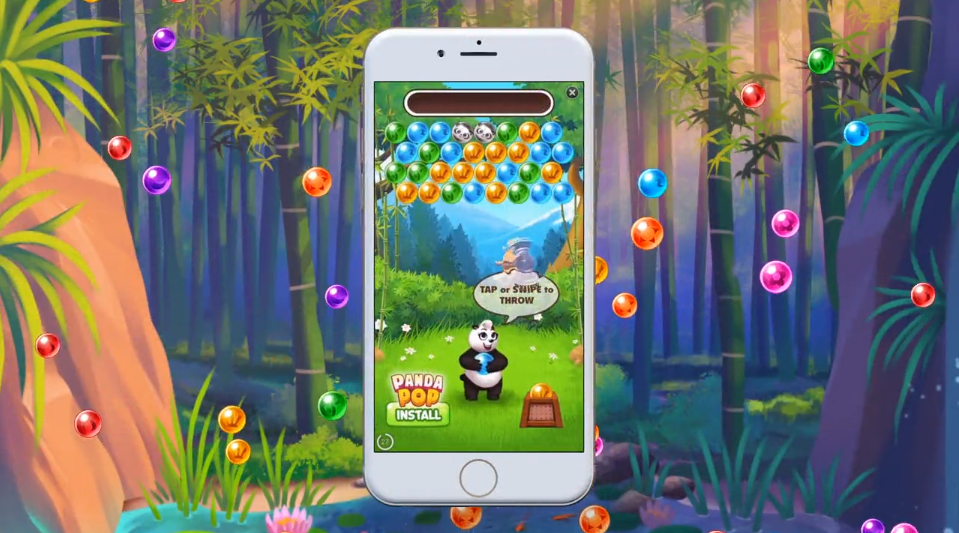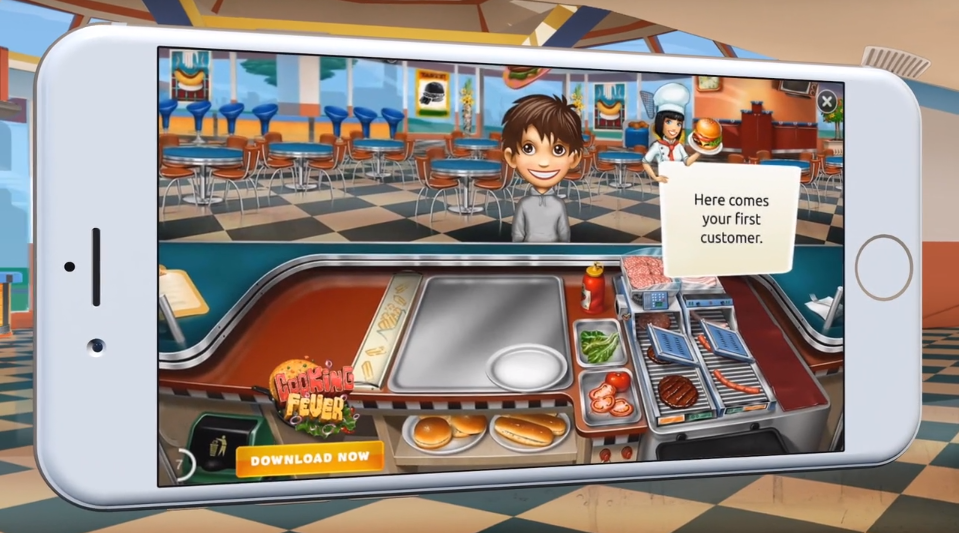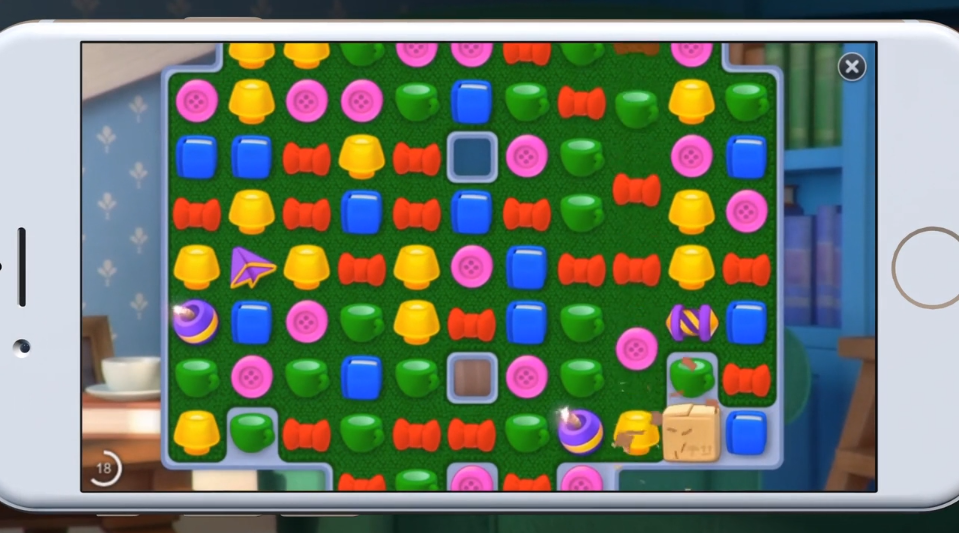What is a playable advertisement (or, as it is also called, the interactive format of Playables)? What is it customary to do? What kind of games is it suitable for? I answered these and other questions in an article for App2Top.ru Alexander Dyudyuk, AdColony user engagement specialist.

Alexander Dyudyuk
Playable advertising (playables) is a “test drive” of a mobile application before it is downloaded. “Testing” takes place within the advertising shown in the application. The player does not need to look for how to download the trial version of the game. Instead, the advertising platform provides him with a piece of real gameplay. The platform hopes that the user will be intrigued by the gameplay and will want to continue the game by downloading its full version.
THE DNA of playable advertising
The playable advertisement lasts from 15 seconds to a minute. It usually contains three components: training, gameplay and the so-called “final card” (End card).
- The training, which should take less than three seconds, introduces the player to the process and explains how to play.
- The gameplay lasts from 10 to 20 seconds. During this time, the player should have a clear understanding of what the full version of the game looks like. Ideally, the demonstration should get him hooked on the project.
- The final card (End card) is the player’s call to action. The advertisement asks you to install the application or perform some other action.
Important: throughout the advertising, the user should always have the option to close it, so that the player feels in control of the situation, and his experience from interacting with the product remains positive.

The Panda Pop ad lasts 30 seconds
Playable advertising and retention
If you ask any publisher or developer what is the most important thing in a product for them, they will answer you — user retention. The ecosystem of mobile applications is very competitive today, so it’s not so easy to get downloads. At the same time, the situation with retention is even more terrifying.
The best iOS games have a 30-day retention of 15.8%. For projects such as Candy Crush Saga, Sudoku and Angry Birds 2, it is about 11-15%.
On Android, it’s worse. One of the strongest games in terms of retention (Star Wars Galaxy of Heroes) is not launched or even deleted by 95 out of 100 users in the first month.
That’s why playable advertising is so important to get quality users. When the audience has the opportunity to try the game first, then the part of it that downloads the game after the test will turn into high-quality users for the product who will not erase or forget the product in the near future.

The Cooking Fever ad quickly explains the rules
Playable ads also have a positive effect on conversion
Since the playable ad is interactive, its engagement parameters are easy to track. Thanks to this, marketers see how interested users are in the project. But the most important thing here is what users do when the ad comes to an end. Playable ads have a high conversion rate — in some cases, we measured a four-fold increase in efficiency.
A little about the disadvantages
Since a playable ad is a slightly more complex format, it requires more time (and more budget) to create. It doesn’t matter if the game publisher or his marketing partner is working on it. The expenses will still be more than when working with more common formats.
Like any other advertising, the playable one burns out over time. So when using the format, you should focus your efforts on the first half of the campaign, when advertising has just come out and is perceived as a new experience.

Homescapes advertising is very close to the original gameplay
Playable advertising is getting more and more attention
Playable advertising has been on the market for several years, but so far only a small percentage of advertising budgets are spent on this format. At the same time, users are very loyal to him. It is the second most popular fullscreen format among advertisers (22%), right after rewarded video (40%).
The audience is much less tolerant of full-screen static banners (interstitials) that precede or are shown right in the middle of the gameplay video (pre/mid-roll video) and advertising posing as part of native content (in-feed ads).
To sweeten the experience of interacting with a playable advertisement, no one bothers to make it also rewarded. Thus, it is possible to increase loyalty to the advertised product on the part of users.
At the moment, seven out of ten top mobile advertising companies have already tested the playable format. A year ago, only three out of ten companies conducted experiments with this format. 71% of those who resorted to such advertising found it effective.
IT giants are also following the trend. Google has not only rolled out instant games in the Play Store, but also promotes the format in social media and advertising. Facebook is doing something very similar in its advertising feed.

After the gameplay demonstration, the ad insists on downloading the app
Who successfully uses playable advertising?
For obvious reasons, playable advertising enjoys the greatest interest from those mobile publishers who are engaged in publishing various kinds of games. This is especially true for companies specializing in casual and strategic games. The reason is that their gameplay is more or less standard (a simple concept: it does not require training and is reduced to simple interactions, like swipe or tap). Arcade games, board games, card games and gambling games are also ideal, as are puzzles, quizzes or word products.
As long as the gameplay does not contradict and most accurately reflects the experience of interacting with the advertised application, everything will work.
By the way, publishers of news and entertainment applications have also experimented with the format. They allowed users to try out the app by offering the user access to bonus content. They also provided limited access to a special news feed as an interactive experience. Apps from the “Photos” category also resorted to a similar experience. They gave us paid filters as a test.
Also on the topic:
- Mobile Gaming Audience analysis in the Middle East
- AdColony: video advertising has almost caught up with IAP in terms of revenue from mobile apps
- AdColony: the main advertising channels for spending — social networks and videos
Source: AdColony
